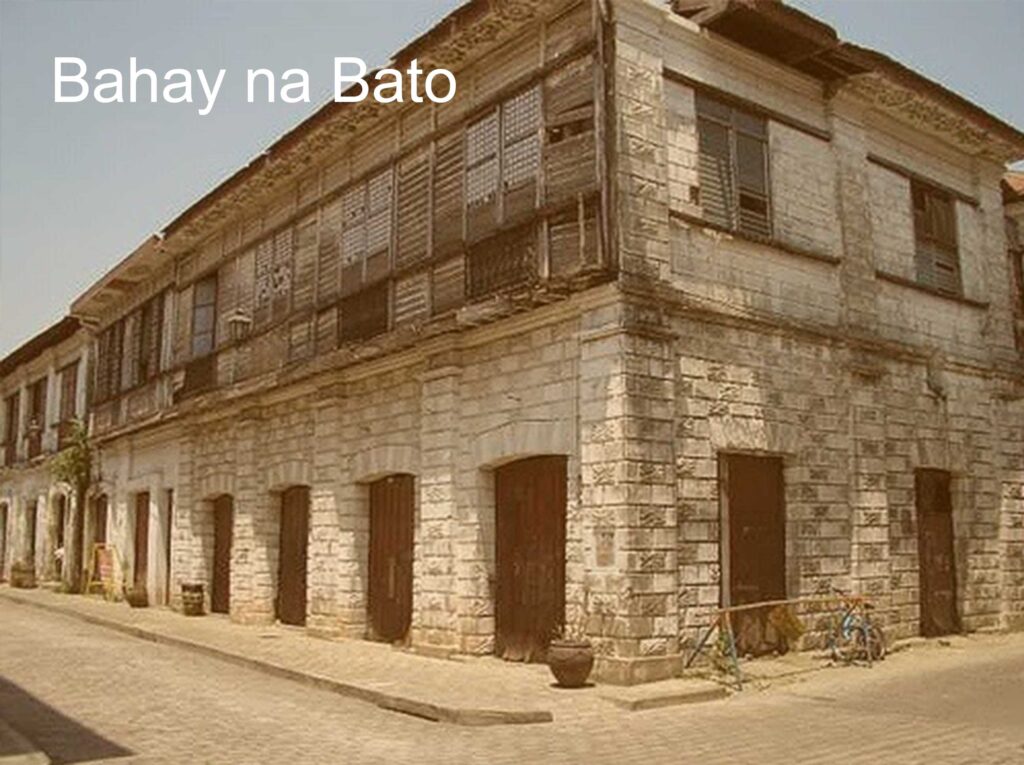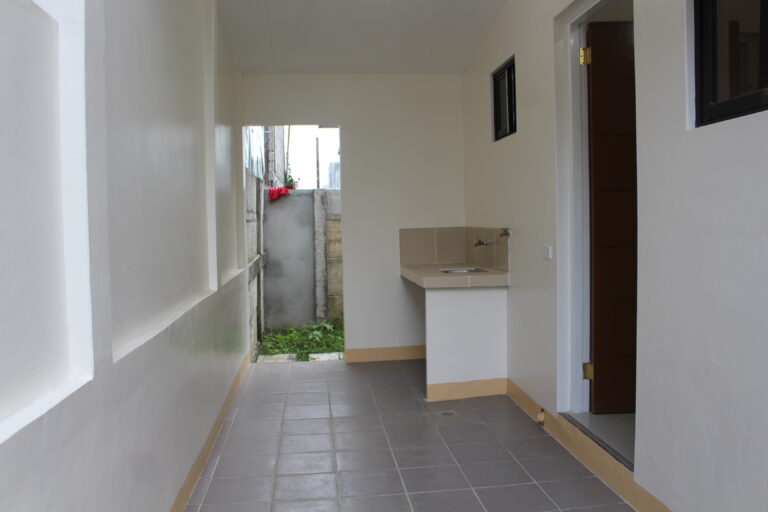The transformation of the design of houses in the Philippines shows how far the Filipino has come and how we fit in the times.
The history and culture of the country are reflected in architecture. As a country, with various tribes and experienced four centuries of colonization from Spain and the United States, everything has an influence on its history and culture.
Many old home styles continue to express in modern houses. Expectedly, many of them are fashioned to be suited to the time when they were built, while in some instances were designed to simply meet the needs of the occupants, or in others, are a combination with other styles and designs.
Bahay Kubo

Bahay Kubo often serves as an icon of the Philippine culture. ts architectural principles gave way to many Filipino traditional houses and buildings that rose after the pre-colonial era.
Bahay kubo is a type of stilt house also known as nipa hut, payag or kamalig in other language in the Philippines.
The walls of the living area are made of light materials. Posts, walls, and floors are typically made of wood or bamboo and other light materials. The thatched roof is often made of nipa, anahaw, or some other locally plentiful plant. Thus, making it easier for the nipa huts to be moved if needed.
Due to its light material, Bahay Kubo can be moved. A nipa hut is an icon of Philippine culture as it represents the Filipino value of bayanihan. Which refers to a spirit of communal unity or effort to achieve an objective. Bayanihan is an act where a group of people lift the whole house and move it to the desired location.
Not all Bahay Kubo is small and surrounded by vegetables. Some early and original variants are even palace or mansion-like and used by native royalties or in the colonial era used by Captains and governors. Some original mosques and churches in the Philippines are even in Nipa hut style.
Bahay na Bato

Apart from Catholicism, stone and masonry construction was also introduced to the Philippines during the Spanish colonial era.
These and other technologies were mostly employed to build ports, roads, bridges, lighthouses, and other structures, it also gave way to the Bahay na Bato.
Its design was Antillean in origin, but adjustments were made to make it more suitable to Philippine conditions. The Bahay na Bato is no longer used as a design for new structures, but can still be seen on existing ancestral homes and heritage sites all over the country.
The residence of the Bahay na Bato is local middle class and government officials during colonial times. The Bahay na Bato had variations in features that included tiled roofing and Capiz shell windows.
It is an updated version of the traditional Bahay Kubo. These houses are not fully made up of stone; some are even dominated more by wooden materials, and some more modern ones use concrete materials. The name got applied to the architecture as generations pass by, because contrary to its predecessor bahay kubo, which is fully made of organic materials, and uses stone materials.
Tsalet

Filipino homes evolved into the Tsalet system during the American era. An emphasis on sanitation redefined architecture in the Philippines as history shifted from the Spanish period to the American period. This meant major changes in the designs of homes. The concept also carried over design lessons combined from the Spanish-influenced Bahay na Bato and the indigenous Bahay Kubo.
In this era in Philippine architecture, the bathroom and kitchen started being situated inside the house and had modern features such as the flush system and modern shower.
It was also during this time that private garages started becoming a thing, a portion of the home that secured the homeowner’s vehicles. Communities were built around this concept, in a neighborhood design called a “sanitary barrio.”
Bungalow

Another style that was introduced during the American colonial period, bungalows are the most common type of house in the Philippines.
They are described as low-rise homes sporting a pitched roof and a horizontal shape.
Bungalows are very convenient for the homeowner in that all living areas are on a single-story and there are no stairs between living areas. A bungalow is well suited to persons with impaired mobility, such as the elderly or those in wheelchairs.
Bungalows offer more privacy than similar neighborhoods with two-story houses. As bungalows are one or one and a half stories, strategically planted trees and shrubs are usually sufficient to block the view of neighbors.
Bungalows provide cost-effective residences.
Townhouse

Sometimes inaccurately referred to as “apartments,” Townhouses are another common type of home in the Philippines. Prior to the popularity of condominiums, they were common in the early residential developments in urban areas, being the most economical in terms of lot area and overall cost of building and maintenance.
Townhouses are considered “starter homes” for new families who are not willing to stay in a condominium but are not yet prepared to move into a larger and more costly but more permanent house and lot.
A townhouse is where there is a continuous roof and foundation, and a single wall divides adjacent townhouses, but some have a double wall with inches-wide air space in between on a common foundation. A rowhouse will generally be smaller and less luxurious than a dwelling called a townhouse.
Combinations like bahay kubo-styled bungalows are repeatedly redefined, and as the Philippines opens up to more of the world’s architecture and continues to stay true to its own, only time will tell as to what the Filipino home dweller can look forward to in the future.





























































